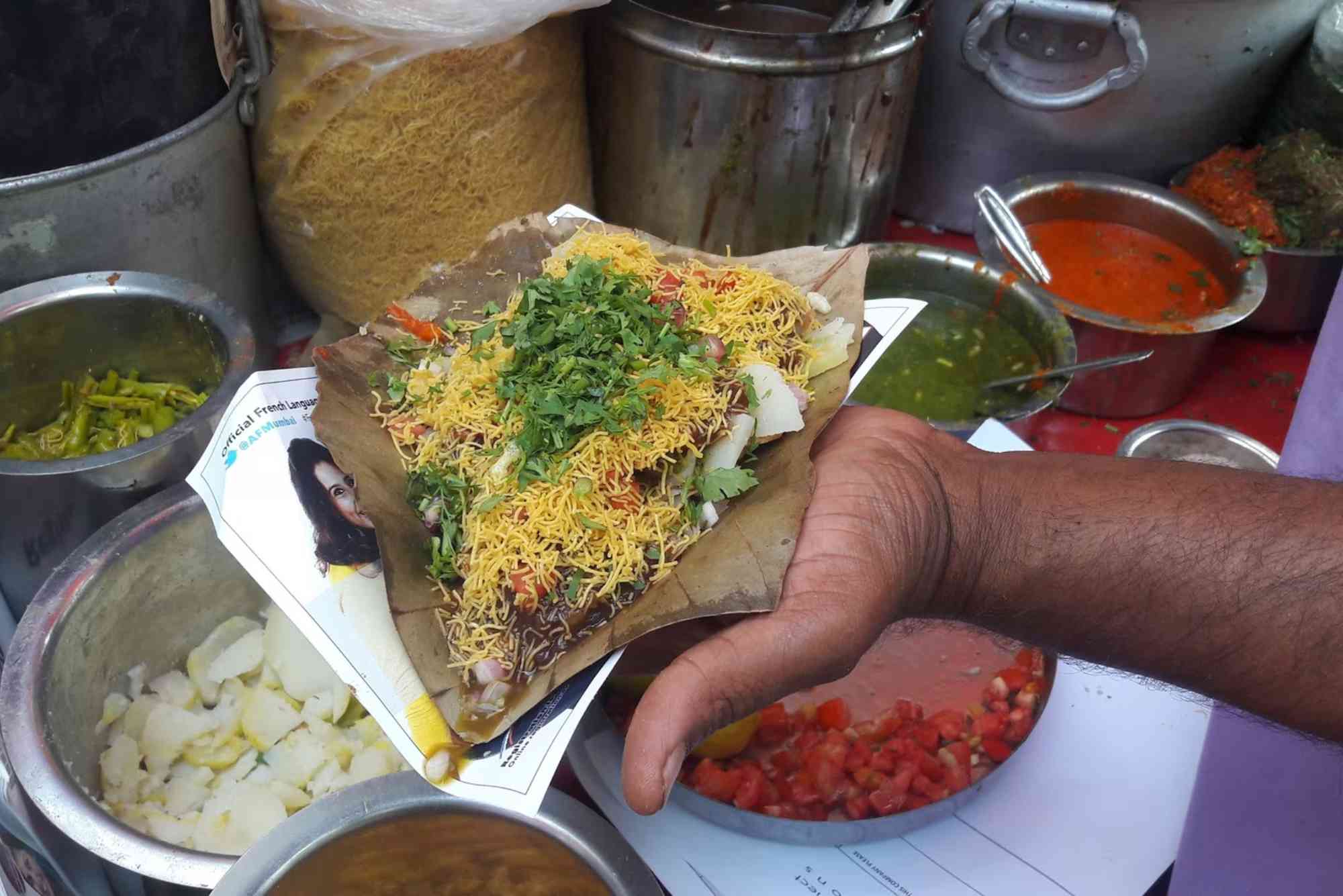Best Street Food to Try in Colaba – A Flavorful Walk
If there’s one place in Mumbai where heritage meets hunger, it’s Colaba. Nestled in South Mumbai, Colaba is a cultural hotspot, loved by tourists and locals alike. Beyond its iconic landmarks like the Gateway of India and the Taj Mahal Palace Hotel, the neighborhood is a haven for street food lovers. The Colaba street food scene is vibrant, nostalgic, and bursting with flavor.
In this guide, we’ll walk you through the most delicious street food experiences in Colaba. From spicy chaats to indulgent rolls, every bite reflects the city’s love affair with flavor.
Why Colaba is a Street Food Paradise
Colaba isn’t just any neighborhood—it’s a culinary canvas. With influences from Gujarati, Maharashtrian, Parsi, and Muslim kitchens, the area offers a mix of sweet, spicy, and tangy treats. Street vendors here aren’t just feeding hungry passersby; they’re serving recipes passed down through generations. And because of its proximity to Colaba Causeway, a popular shopping destination, street food in this area is both accessible and constantly buzzing with energy.
Must-Try Colaba Street Food Delights
Vada Pav – Mumbai’s Favorite Snack
You can’t talk about Colaba street food without mentioning vada pav. Often called Mumbai’s burger, this humble snack consists of a spicy potato fritter tucked inside a soft pav (bread roll), laced with chutneys and fried green chili. You’ll find vada pav stalls near Regal Cinema, often crowded with both college students and office-goers.
Kebabs and Rolls – The Midnight Bites
Late-night cravings? Head to the stalls near Colaba Market after dark. Vendors set up smoky grills that serve juicy seekh kebabs, chicken tikka rolls, and mutton kebab wraps. These are not just quick meals but robust street flavors wrapped in thin rumali rotis or buttery rolls.
Bhel Puri and Sev Puri – The Chaat Culture
Walk closer to the Gateway of India and you’ll see vendors dishing out generous plates of bhel puri and sev puri. These chaats mix puffed rice, chopped onions, coriander, tangy tamarind sauce, and crunchy sev. Every bite is a celebration of sweet, spicy, and sour.
Pav Bhaji – A Butter-Loaded Classic
Pav bhaji is a must-try if you’re on a Colaba food trail. Vendors mash a spicy vegetable mix on a giant tawa and serve it with buttered buns, onions, and lemon wedges. The richness of the butter and the bold spices make this dish a satisfying meal.
Bombay Sandwich – Layers of Local Love
Green chutney, sliced vegetables, chaat masala, and lots of butter—that’s the signature Bombay sandwich. In Colaba, you’ll find grilled and untoasted versions, sometimes even layered with cheese. It’s a quick, flavorful bite that’s easy to carry as you shop along the Causeway.
Kulfi and Ice Gola – The Sweet Finish
No Colaba street food journey is complete without dessert. Stop by the kulfi carts for a creamy, frozen treat often flavored with rose, pistachio, or mango. Or cool down with an ice gola—shaved ice drenched in syrup and served on a stick. These nostalgic sweets are especially refreshing during Mumbai’s humid summers.
Hidden Gems and Local Favorites
Some of Colaba’s best food doesn’t come with signage or Instagram fame—it’s the nameless stalls passed down through generations. Near the Leopold Café, you’ll find vendors selling samosas and aloo bhajiyas with tangy chutneys. These spots are not always marked on maps but are always surrounded by loyal customers.
Locals often recommend the fried fish at street stalls close to Sassoon Dock, especially in the evening when fresh catch arrives. It’s a rare find—crispy, spicy, and deeply rooted in Mumbai’s coastal identity.
Street Food Safety Tips for First-Time Visitors
While Colaba’s street food is mostly safe, it helps to follow basic precautions:
- Choose stalls with high turnover; freshness is key.
- Avoid raw food like cut fruit if you’re not used to the local water.
- Stick to bottled or filtered water for drinking.
- Use hand sanitizer before and after eating.
Most importantly, trust your instincts. If something smells and looks great—and locals are flocking there—it’s probably worth a try.
A Culinary Walk You’ll Remember
Exploring Colaba street food is more than just a casual stroll. It’s a journey through Mumbai’s flavors, cultures, and street-side stories. You’ll see how food unites people—office workers grabbing a quick bite, tourists marveling at local recipes, and vendors passionately preparing each dish.
You don’t need a fancy itinerary or a food tour guide. Just show up hungry, carry a few napkins, and let your senses lead the way.
FAQs
What is the best time to explore Colaba street food?
Evening is ideal, around 5 PM to 9 PM. Most stalls are active after sunset, especially near Colaba Causeway and Gateway of India.
Is Colaba street food safe to eat?
Yes, but choose clean, busy stalls with a high customer turnover. Avoid anything raw if you’re sensitive to local ingredients.
Can vegetarians enjoy Colaba street food?
Absolutely. Options like vada pav, pav bhaji, Bombay sandwich, and chaats are entirely vegetarian and incredibly delicious.
Where can I find the best vada pav in Colaba?
Stalls near Regal Cinema and outside Elco Market are known for serving top-notch vada pav with authentic chutneys.
Is Colaba street food expensive?
Not at all. Most items range from ₹30 to ₹100, making it budget-friendly and filling.



